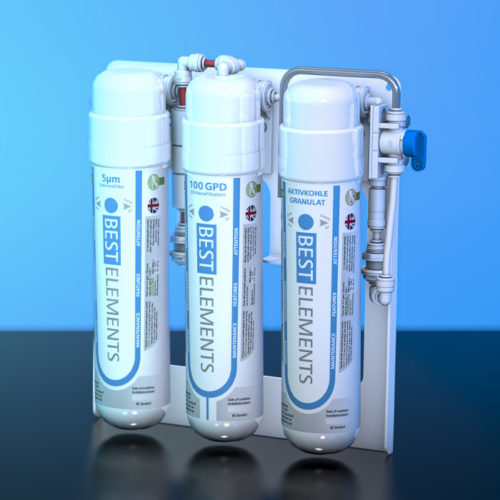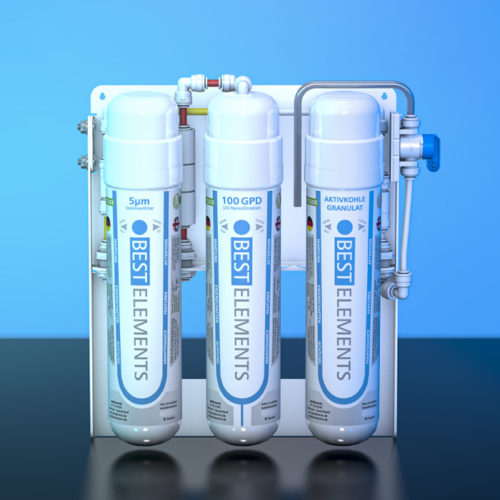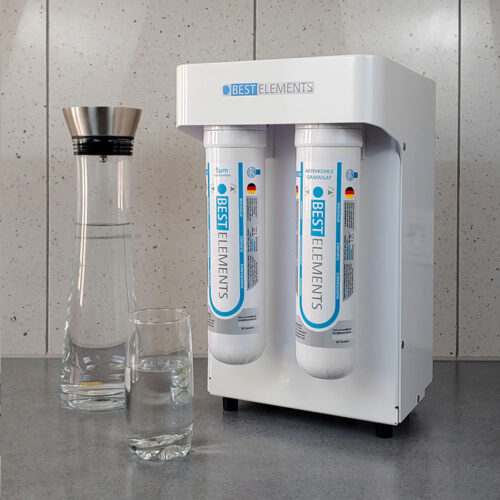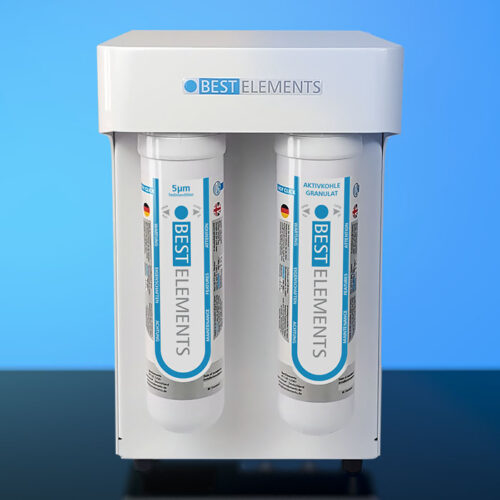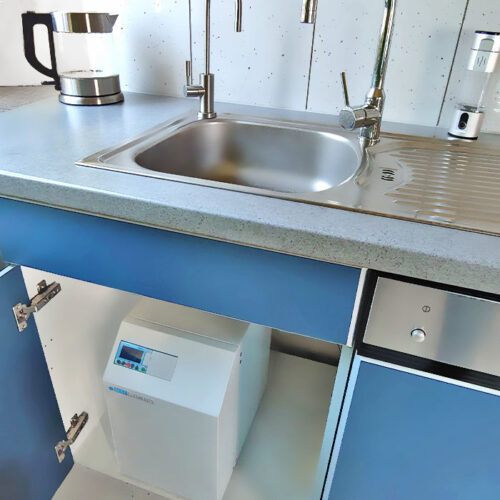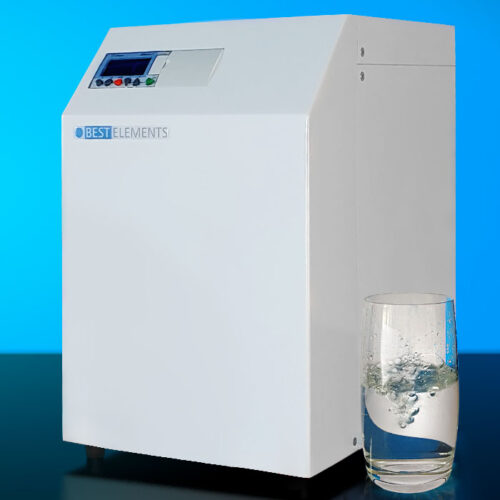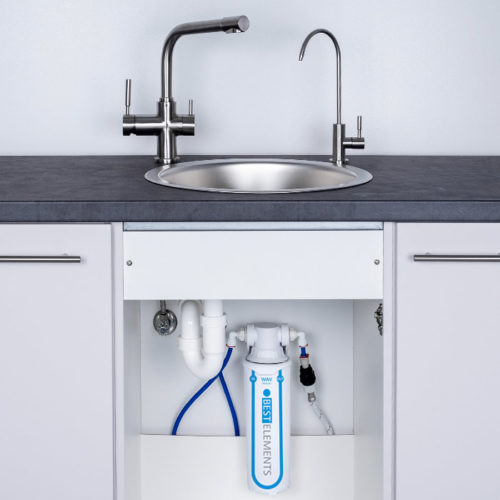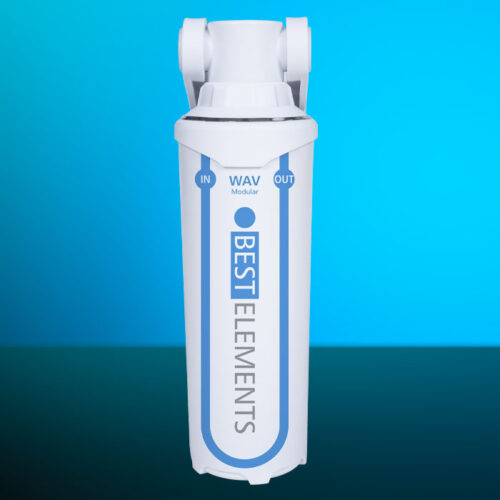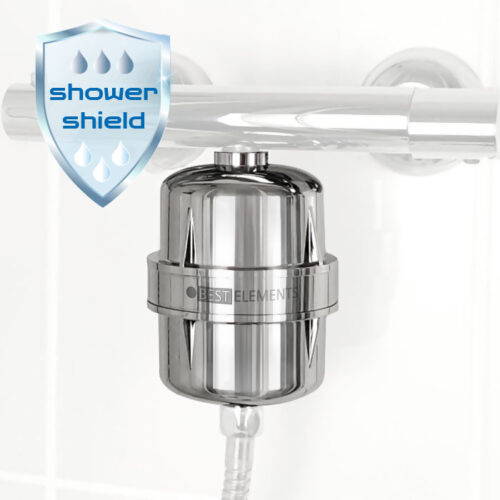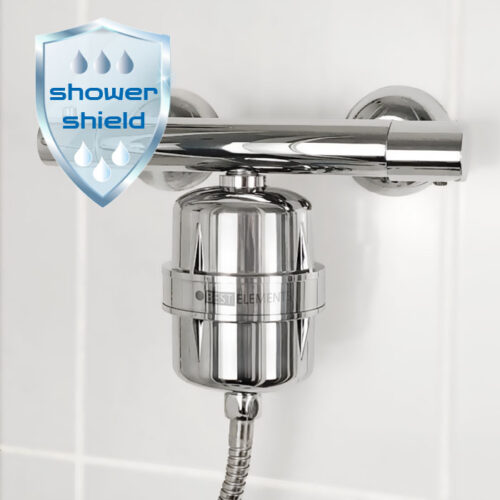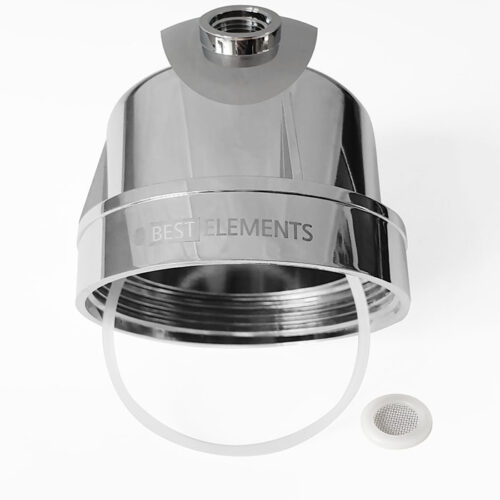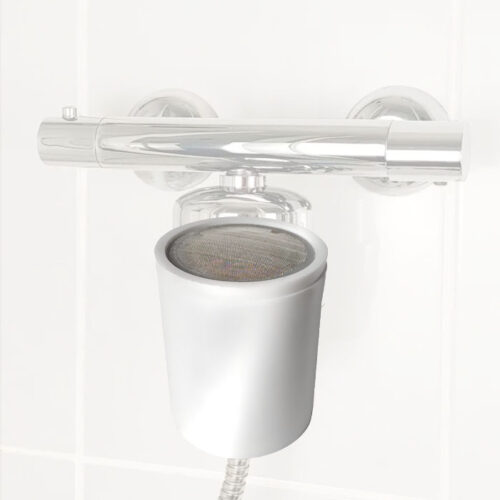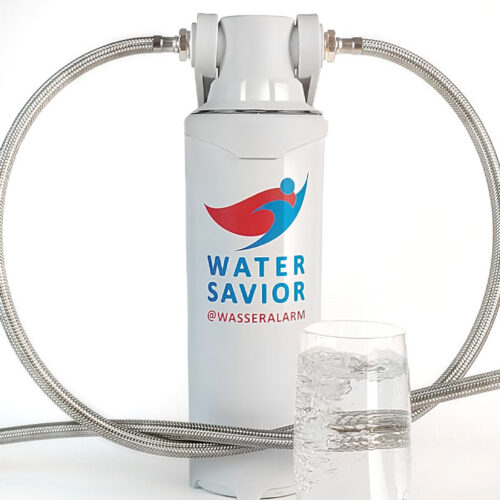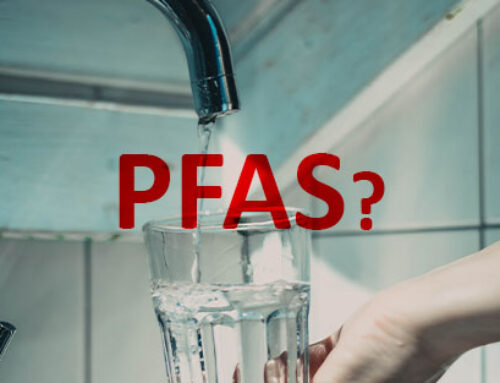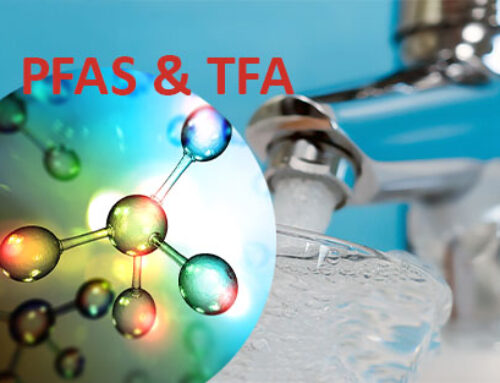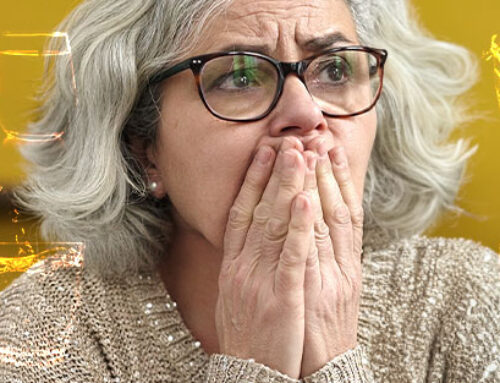“Öko-Test”: Carcinogenic chromium detected in mineral water
Laboratory tests of bottled water have found that they contain “man-made contaminants” which include sweeteners and pesticide breakdown products, among others. These substances can often only be filtered with difficulty or not at all by the waterworks and are therefore found in some foods. In addition, other undesirable substances were also discovered in the mineral water that should not actually be present there. For example, an increased content of chromium(VI) and nitrate was found in mineral water. Chromium(VI) is classified as a carcinogenic element. Quelle t-online.de testberichte mineralwasser krebserregendes chrom
Mineral water causes as much CO2 as Germany’s air traffic
A study commissioned by a non-profit association has shown that the consumption of mineral water leads to extremely high CO₂ emissions. In fact, the CO₂ emissions of the mineral water even exceed those of domestic German air traffic by a factor of 1.5. This means that bottled water has a significant impact on the environment. The process of making bottled water involves more steps compared to providing tap water. This is mainly due to the fact that mineral water has to be additionally cleaned and bottled after treatment. The production of the bottles, the transport to the supermarket and the way home from the supermarket also play a role in the calculation of CO₂ emissions. The disposal of the empty bottles is also part of this process and must not be neglected. Quelle chip.de Mineralwasser verursacht soviel CO2 wie Deutschlands Luftverkehr
Evian Uranium, Volvic Vanadium…
Evian water has been found to have a higher uranium content than permitted. Volvic, on the other hand, is contaminated with vanadium and also shows an increased nitrate content. Vanadium occurs, for example, in volcanic rock and, according to Öko-Test, is suspected of being carcinogenic. There is no specific limit value, but in the opinion of Öko-Test, water for baby food in particular should be free of questionable substances. Öko-Test has also determined the presence of the element in another mineral water source in the Teutoburg Forest. Quelle utopia.de mineralwasser test stiftung warentest oeko test
Microplastics can cross the blood-brain barrier
Tiny micro and nano plastic particles can not only get through food, but even into the brain. An example of this is plastic bottles, which can contain both nanoplastic particles with a size of less than 0.001 millimeters and microplastic particles with a size of 0.001 to 5.0 millimeters. A 2019 study found that someone who drinks the recommended 1.5 to 2 liters of water per day from plastic bottles ingests around 90,000 microplastic particles per year in this way alone. In comparison, someone who switches to tap water can reduce the amount to 4,000 particles, depending on their geographic location. In order to minimize the potential harm of micro and nanoplastic particles to humans and the environment, it is crucial to limit their use. Quelle science.orf.at
With every sip of water, we ingest microplastic particles unnoticed. These tiny plastic particles can enter our body and even penetrate the barrier to the brain. A study has shown that microplastic particles can enter the blood from the digestive tract and then move across the blood-brain barrier. This allows them to reach tissues and organs in the body, including delicate brain tissue. It is worrying that microplastic particles can potentially remain in our organs and tissues, as the impact this can have on our health is not yet fully understood. In the meantime, it is important to take action to reduce the use of microplastics and promote more sustainable alternatives to protect our health and the environment. Quelle n-tv.de Wie Mikroplastik ins Gehirn eindringt
Water with additives
Plain water is a healthy drink, but for those who find plain water boring, well-advertised wellness drinks might be appealing. These drinks contain water and ingredients with a feel-good image, such as green tea, ginger and lime. Vitamins and minerals are also often advertised as having additional health benefits. Since 2005, sales of these beverages have increased by around 50 percent annually. The market ranges from artificially flavored water to natural water-fruit mixes (half water, half fruit juice). Many of these drinks are expensive, costing up to 2 euros per liter. Before consuming such a drink, you should know the following about the label:
- Isolated active ingredients: The benefit of added vitamins, minerals and fiber is mostly questionable. In high doses, vitamins A and E can even be harmful in the long term (see test food supplements for children).
- Sweeteners: Cheap glucose and fructose are often used for sweetness. They have a similar number of calories as table sugar. A few glasses (0.2 liters) can contain up to 90 kilocalories. Drinks with sweeteners are lower in calories, but far from natural.
Quelle Stiftung Warentest test.de Wellnessgetränke Wasser mit Zusatzstoffen
Downside of plastic recycling
Paradoxically, plastic recycling plants may be a source of microplastic pollution rather than helping to relieve the environment. This also affects human health. The “classic” recycling of plastics is currently mainly carried out using mechanical processes. The plastic waste is sorted according to its type, washed, melted down and processed into so-called recyclates. Unfortunately, the filters used in these systems are insufficient to ensure effective removal of microplastics.
The German Nature Conservation Union (Nabu) has summarized this fact. The presence of microplastics in recycling facilities poses a serious threat to the environment and human health. Addressing this problem requires improved filtration technologies and more effective methods of removing microplastics during the recycling process. This can ensure that recycling facilities actually contribute to reducing the environmental impact of plastics while protecting human health. Quelle watson.de nachhaltigkeit gefahr im trinkwasser studie kunststoff recycling
Plastic bottle bottling is affecting the global water supply
The growing bottled drinking water business is at odds with the United Nations’ Sustainable Development Goals, specifically the goal of providing all people with access to clean water. This is criticized in a study by the Canada-based UN Institute for Water, Environment and Health.
The study shows that the bottled water industry is not strategically aligned to meet the universal goal of water supply. The expansion of bottled water supply, particularly in poorly developed countries, can mean that universal access to clean water is not sufficiently improved, while bottled water producers continue to make profits. In the period from 2010 to 2020 alone, business volume has grown by 73 percent and this trend is expected to continue. Quelle spiegel.de UNO Studie Wasser in Plastikflaschen Wasserversorgung


